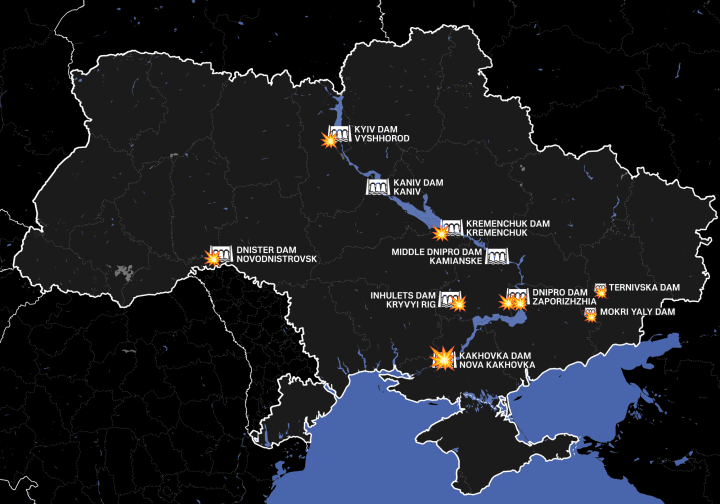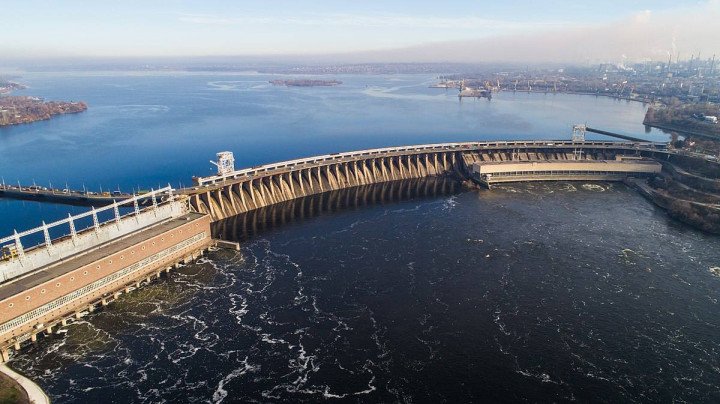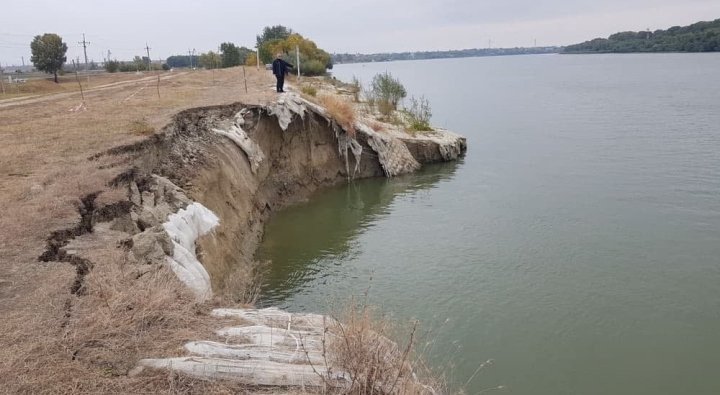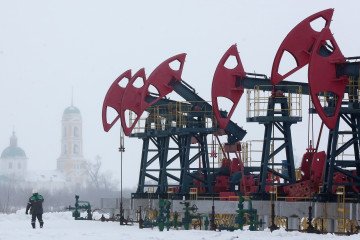On November 11, Russia bombed and destroyed the Kurakhiv Reservoir, marking yet another attack on Ukraine’s civilian energy infrastructure. This strike coincides with the two-year anniversary of the liberation of Kherson, where Russia later destroyed the Kakhovka Dam. Here's a closer look at all the times Russia has targeted dams in Ukraine.
On November 11, Russian forces destroyed the Ternivska Dam at the Kurakhove Reservoir in the Donetsk region, causing rising water levels near settlements in the Velykonovosilkivska community. The area could be considered of strategic importance for the Russians as it lies just to the east of Pokrovsk where Russian troops have been vying for control for several months.
“The Russians blew up the Kurakhove Dam, flooding several villages toward Bahatyr. While roads are still passable, there are some restrictions, and the movement of armored vehicles on dirt roads around these areas is heavily limited,” Junior Sergeant Stanislav Bunyatov, a squad commander with the 24th Air Assault Battalion confirmed.
Roman Padun, head of the Kurakhove City Military Administration, stated that inspecting the dam near the village of Stari Terny, part of the Kurakhiv community, is currently impossible due to ongoing shelling. However, water levels continue to rise in villages along the Vovcha River.
Echoes of the Kakhovka Dam
Today marks the two year anniversary of the liberation of Kherson where just over one year ago Russia destroyed the Kakhovka Dam.. This act displaced thousands, created an environmental hazard, and wreaked havoc on neighboring Black Sea countries. The attack sparked public outcry due to its long-term environmental impact and the sheer scale of devastation.

A history of targeting dams
Russia’s strategy of targeting Ukraine’s dams isn’t new. During World War II, Soviet forces destroyed bridges in Zaporizhzhia to hinder advancing German troops. This tactic has resurfaced since the launch of its full scale invasion of Ukraine, with Russia repeatedly targeting Ukrainian dams. To highlight this pattern we’ve put together a list of all the time’s Russia has taregted dams in Ukraine:

Inhulets Dam, Kryvyi Rih - September 2022:
In one of the first dam attacks of the war, Russia launched a missile at the Karachunivske Reservoir in Kryvyi Rih, destroying a water pumping station. This led to the flooding of nearby homes and mass evacuations. President Zelenskyy condemned the attack, stating that the targets had no military value and only served to harm civilians.Kremenchuk Dam, Kremenchuk- October 2022:
Russia’s first widespread attack on energy infrastructure saw 84 cruise missiles and 24 suicide drones launched into Ukraine, damaging about 30% of the country’s energy infrastructure according to the Minister of Energy German Galushchenko.Dnister Dam, Novodnistrovsk - October 2022:
Russian forces launched yet another nationwide missile strike on Ukraine's critical infrastructure, including the Dniester Hydroelectric Power Plant.Kakhovka Dam, Nova Kakhovka - November 2022 & June 2023:
Following Russia’s retreat from Kherson, significant damage was inflicted on the Kakhovka Dam. Satellite imagery revealed that the dam’s sluice gates were deliberately destroyed, a prelude to the devastating attack in June 2023, which caused widespread devastation across the Kherson region.![The Dnipro Hydroelectric Power Plant (DPP) in Zaphorizia. The Dnipro Hydroelectric Power Plant (DPP) in Zaphorizia.]()
The Dnipro Hydroelectric Power Plant (DPP) in Zaphorizia. Dnipro Dam, Zaporizhzhia - Dec. 2022, Feb. 2023, June 2024:
Russia has repeatedly attempted to destroy the Dnipro Hydroelectric Power Plant (DPP) near downtown Zaporizhzhia. While unsuccessful in completely destroying it, the attacks caused significant damage and claimed civilian lives. The DPP, like many other targets, had no military significance.Mokri Yaly Dam, Donetsk - June 2023:
During Ukraine’s 2023 counteroffensive, Russian forces destroyed a dam near Novodarivka in Donetsk to slow the Ukrainian advance.![A man stands on the edge of the flooded Mokri Yaly River. (Source: United24 Media News Feed/ Valery Shershen) A man stands on the edge of the flooded Mokri Yaly River. (Source: United24 Media News Feed/ Valery Shershen)]()
A man stands on the edge of the flooded Mokri Yaly River. (Source: United24 Media News Feed/ Valery Shershen) Kyiv Dam, Kyiv - August, 2024: At 5:57 a.m., an air raid alert sounded in Kyiv, and by midday, the region remained on high alert as nationwide strikes targeted Ukraine’s energy infrastructure. According to Prime Minister Denys Shmyhal, Russia used drones, cruise missiles, and Kinzhal missiles in these attacks, resulting in civilian casualties and injuries.
“Like many previous Russian strikes, this one was cowardly, targeting critical civilian infrastructure,” said Ukraine’s President Volodymyr Zelenskyy in a video address.
The Kyiv Hydroelectric Plant, located near Vyshhorod, approximately 20 km north of Ukraine’s capital, was among the targets. Video footage shows fire and damage at the site, though the full extent of the destruction is still unclear.
As of September 2021, the Kyiv Hydroelectric Power Plant had a capacity of 440 MW, playing a crucial role in managing peak loads within Ukraine’s energy system. The Kyiv Reservoir, associated with the plant, also helps regulate climatic events such as spring floods or droughts.
Why is Russia targeting dams?
The reasons behind Russia’s targeting of Ukraine’s dams are debated. Some believe it’s an attempt to solidify Russian advances, while others see it as a strategy to terrorize civilians and sway public opinion against Ukraine’s continued resistance. Ukrainian Armed Forces spokesperson Valeriy Shershen suggests the former, noting that Russian forces have deliberately blown up dams to hinder Ukraine’s advance.
Regardless of the motive, many believe these attacks on civilian infrastructure constitute war crimes as they are not themselves military targets. The Geneva Convention prohibits attacks on objects such as dams and power plants, as their destruction can pose significant danger to civilians. Historically Russia has shown little regard for international law, repeatedly targeting hospitals, energy facilities, and civilian populations. Ukrainians, meanwhile, remain resolute in the face of these acts of intimidation, with nationwide blackouts already in place as the country prepares for winter.
Ukraine has repeatedly called for missile defense systems like the US-made Patriot Defense System to protect high-value targets such as its energy infastructure. The November 11 attack on the Kurakhiv Resevoir underscores the urgent need for defensive weapons and continued support from Ukraine’s western allies.
-fca37bf6b0e73483220d55f0816978cf.jpeg)



-6359eca46c72bde40a90abaaadd6eaa8.png)
-29a1a43aba23f9bb779a1ac8b98d2121.jpeg)


-206008aed5f329e86c52788e3e423f23.jpg)
